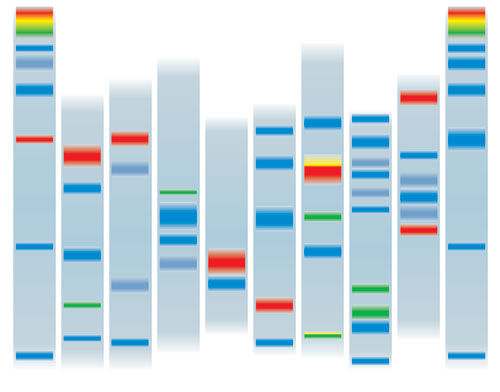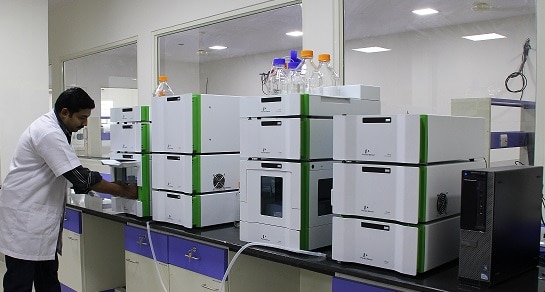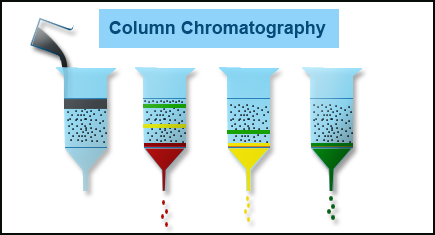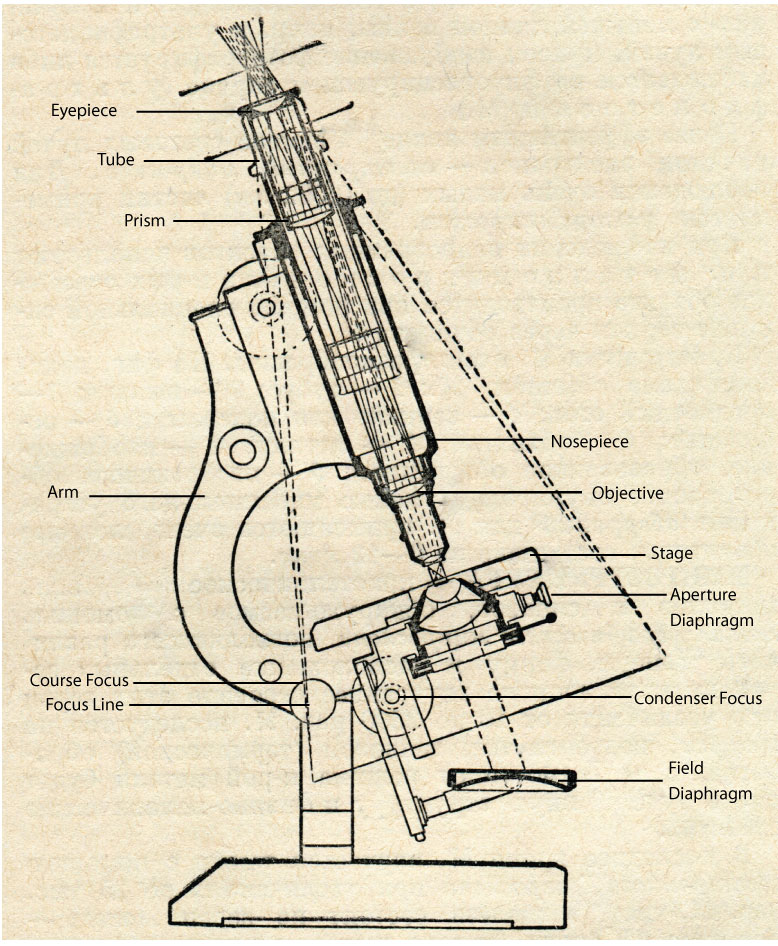What are the advantages of Thin Layer Chromatography over Paper Chromatography?


Chromatography is a useful technique to precisely separate, analyze, and purify a wide range of samples, including food, pharmaceuticals, pesticides, air and water samples, and tissue extracts.You would have seen the separation of different coloured compounds using the simple paper chromatographic separation technique in your school laboratory.
The technique was simple to understand and did not require any expensive equipment. It provided you a visual understanding of the concepts of separation science. In your college time you would also have come across thin layer chromatography separations of compounds which even after separation may or may not be identifiable by the eye without treatment of the separation plate.
Read on to learn more about chromatography, advantages of chromatography, its types, and differences between TLC and paper chromatography.
What Is Chromatography?
It is the laboratory technique for separating different components of a mixture from the stationary and mobile phases. In the chromatography technique, different components of the mixture move through the stationary phase at different speeds which cause them to separate from one another and appear at different spots on the adsorbent. The chromatography technique was first introduced to the world in 1903 by the scientist M.S Tswett.
Paper Chromatography
It is an analytical technique used to separate particles on the basis of their polarity towards the mobile phase and the stationary phase. Paper chromatography is a type of solid-liquid partition method in which the stationary phase is the cellulose filter paper and the mobile phase is liquid.
Advantages and Disadvantages of Paper Chromatography
The paper chromatography technique offers various advantages and disadvantages.
Advantages of Paper Chromatography
The main advantage of paper chromatography is that it offers simple, low cost and hassle-free operations. Also, the setup of paper chromatography occupies less space and it requires less amount of sample for analysis.
Disadvantages of Paper Chromatography
Volatile or complex substances cannot be separated using paper chromatography techniques. The method is not useful for testing a large number of samples and data is not as accurate as in the case of the TLC technique.
Thin-Layer Chromatography
It is a solid-liquid adsorption chromatography technique used to isolate non-volatile mixtures. In the TLC method, the stationary phase is the glass plate coated with the silica gel and the mobile phase is the liquid. The particles get separated on the basis of their polarity towards the mobile phase and stationary phase.
Advantages and Disadvantages of Thin-Layer Chromatography
While thin-layer chromatography offers many advantages, it also has some disadvantages or limitations.
Advantages of Thin-Layer Chromatography
It is a highly sensitive technique that provides accurate results. The method requires a very small amount of sample and takes only about half an hour or so for chromatographic separations. Additionally, a thin-layer chromatography technique can be used for colorimetric detection of separations as well as compounds responsive to UV light.
Disadvantages of Thin-Layer Chromatography
Despite its convenience, thin-layer chromatography cannot be used to tell the differences between isomeric and enantiomeric forms of a compound. Also, TLC is applicable to only non-volatile compounds, thus limiting its use.
Thin-Layer Chromatography vs. Paper Chromatography
The main differences between TLC and paper chromatography are:
- The principle behind thin-layer chromatography is based on adsorption. On the other hand, the principle of paper chromatography is based on partition.
- Thin-layer chromatography requires more preparation time compared to paper chromatography.
- The stationary phase of thin-layer chromatography is the glass plates coated with silica gel whereas the stationary phase of paper chromatography is the water trapped in the cellulose filter paper.
- In thin-layer chromatography, corrosive reagents can be used but not in the case of paper chromatography, as the corrosive agents can destroy the paper.
- You can see different spots under the UV-lamp in the thin-layer chromatography. This is possible because the fluorescent silica gel mixture on the TLC plate glows under the ultraviolet light, making the dark spot visible on a glowing background. The spots cannot be seen using the paper chromatography technique under UV-light.
- Thin-layer chromatography requires more time for particle separation whereas paper chromatography requires less time.
What Are the Advantages of Thin-Layer Chromatography over Paper Chromatography?
Thin–layer chromatography offers several benefits over the paper chromatographic separations. Some of the benefits are:
Time Saving
The biggest advantage offered to the chromatographer is time-saving. Paper chromatography can take several hours to develop the plate whereas development in thin layer chromatography can be completed in much shorter time (about half an hour or so)
Automation
Paper chromatography has not seen much automation over the years but thin layer chromatography instruments available have automation capabilities which include autosampler, constant volume sample dispenser, documentation and camera for retaining pictorial record of separations
Rigid Support
The cellulose paper support in paper chromatography is flexible whereas the adsorbent in TLC is coated onto a rigid metal, glass or plastic plate. This contributes to reproducibility of spots and faster development. Due to support rigidity there is less diffusion and as a result well-defined spots are formed.
Choice of Support
TLC presents a vast choice of support adsorbent phases including liquid coated adsorbents which can include fluorescence inducers as well. On the other hand choice of papers in paper chromatography is very much limited.
Development Chamber Design
It is not necessary to suspend the plate as required in paper chromatography from a rod on top of the development chamber. It can be simply placed in a slanting position with its bottom edge resting on the chamber base.
Sample Volume
The quantity of sample applied is small( in microliters) and can be reproducibly applied with the help of automated sample dispensers
Choice of Spray Reagents
Corrosive spray reagents can char the filter paper and can even deteriorate the sample spots. Coated plates used in thin layer chromatography can withstand corrosive spray reagents to a greater extent
Heating
Thin-layer chromatography plates can be heated if required for spot development. Paper chromatography sheets cannot withstand heating beyond a point.
In summary thin layer chromatography offers several advantages to the separation scientist only for a small additional cost of the thin layer coated plates.






A quite good analysis.
A quite good analysis.keep up in simplifying answers to students.